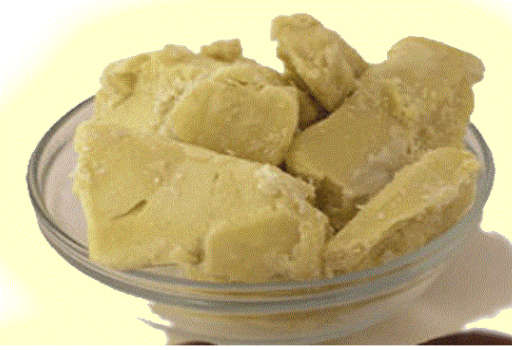Home Remedies and Herbs for Cradle Cap (Seborrheic Dermatitis)
What is Cradle Cap (Seborrheic Dermatitis)?
Cradle cap is an extremely common and harmless skin condition affecting newborns and young children up to the age of three. Up to 50% of infants exhibit cradle cap. Cradle cap is not contagious and is not a sign of poor hygiene or improper care. This skin problem usually clears up on its own within a few weeks or months and generally does not create itch or discomfort. 2,4
Medically, cradle cap is called infantile seborrheic dermatitis. Cradle cap is also known as neonatal seborrheic dermatitis, crusta lactea, milk crust or honeycomb disease. Some countries refer to cradle cap as pityriasis
What Causes Cradle Cap (Seborrheic Dermatitis)?
Cradle cap causes are not precisely known. Researchers suspect there may be a number of causes or a combination of several contributing factors. The potential cradle cap causes include:
- Overproduction of sebum, a skin oil produced in overactive sebaceous glands
- Hormonal imbalance passed by the mother
- Weakened immune system
- Nervous system problems
- Genetic family trait
- Antibiotics
taken during pregnancy - Extreme weather
- Lack of certain nutrients
- Food allergies
- Malassezia yeast growth
- Reaction to harsh shampoo or soap, especially alcohol-based
Cradle Cap (Seborrheic Dermatitis) Symptoms
Cradle cap symptoms present as scaly skin lesions or plaques in the greasy or oily skin areas. The skin can appear like dandruff or eczema and flake off in white or yellowish scales. Affected skin areas may appear red but usually are not uncomfortable or itchy. 1,3
Cradle cap symptoms can develop all over the body. Cradle cap on the face is one of the most commonly affected areas. Cradle cap also appears on the eyelids, eyebrows, ears, crease of the nose, back of the neck, scalp, armpits or diaper area. 1,4
Cradle cap symptoms usually clear within a few weeks or months and do not pose any health risk to the infant. 1,3
Natural Remedies and Herbs for Cradle Cap (Seborrheic Dermatitis)
Cradle cap natural remedies and home treatments aim to moisturize skin and reduce inflammation. Cradle cap natural remedies include:
- Baking Soda and Water - Baking soda is alkaline and neutralizes skin acidity, dissolving oil and bacteria on the skin surface helping to heal cradle cap symptoms.
- Coconut Oil - Coconut oil has antifungal and antibacterial properties that help fight infections. Coconut oil naturally moisturizes skin and is safe to use for cradle cap on the face.
- Olive Oil - Olive oil is a safe, natural treatment for cradle cap on the face and other parts of the body. Olive oil has anti-inflammatory and skin moisturizing properties that
loosen skin and restore moisture. - Apple Cider Vinegar and Warm Water - ACV is a natural home remedy for many ailments, including treatment for cradle cap. Acidity in apple cider vinegar dissolves skin oil and bacteria that are found in cradle cap.
- Grape Seed Oil -
Grape seed oil is alittle known but effective home treatment for cradle cap. Grape seed oil has natural anti-inflammatory and moisturizing qualities that safely treat cradle cap. - Almond Oil - Due to its light texture, almond oil easily penetrates cradle cap skin, softens scales and makes it easy to shampoo and rinse the skin.
References
- http://www.mayoclinic.org/diseases-conditions/cradle-cap/home/ovc-20156917
- http://www.nhs.uk/conditions/cradle-cap/Pages/Introduction.aspx
- http://umm.edu/health/medical/ency/articles/seborrheic-dermatitis
- http://www.top10homeremedies.com/home-remedies/home-remedies-cradle-cap.html
- https://draxe.com/cradle-cap/
Home remedies, herbs, and food supplements for Cradle Cap (Seborrheic Dermatitis)
Baking Soda and Water is the most effective natural product for Cradle Cap (Seborrheic Dermatitis) CuresDecoded worldwide community recommends
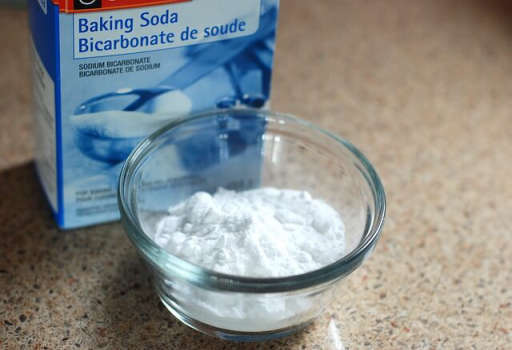
Baking Soda and Water Product 1 of 9
Effectiveness Score
Method of use: Topical
Baking soda combined with warm water can help to clear cradle cap rashes by helping to neutralize the rash. Combine baking soda with warm water until it forms a paste consistency. Apply the baking soda paste directly to affected areas and leave on for 10 minutes. Rinse off with warm water.then rinse it off with warm water.

Coconut Oil Product 2 of 9
Effectiveness Score
Method of use: Topical
Coconut oil has natural moisturizing and healing health benefits for skin rashes. Gently massage coconut oil onto affected areas and let soak into skin. Repeat throughout the day as needed.
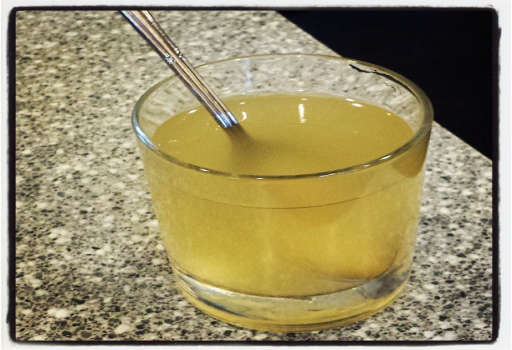
Apple Cider Vinegar and Warm Water Product 3 of 9
Effectiveness Score
Method of use: Rinses, Wash
Apple cider vinegar and warm water combined can be used as a safe treatment for cradle cap. Combine one part ACV with two parts water and massage onto affected skin. Leave on for 10 minutes and then rinse off with warm water.
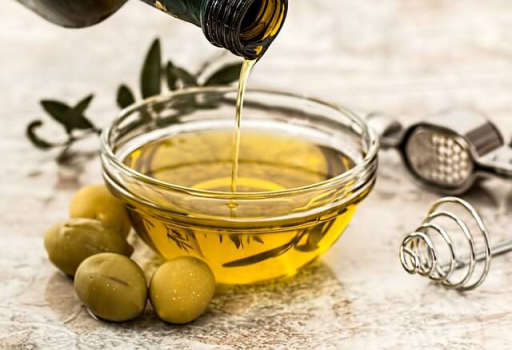
Olive Oil Product 4 of 9
Effectiveness Score
Method of use: Topical
Olive oil is a safe and natural remedy to use on babies for treating cradle cap. Olive oil has natural moisturizing and anti-inflammatory benefits. Gently massage olive oil onto affected areas and let it absorb into the skin. Repeat as frequently as needed to help heal the skin rash.
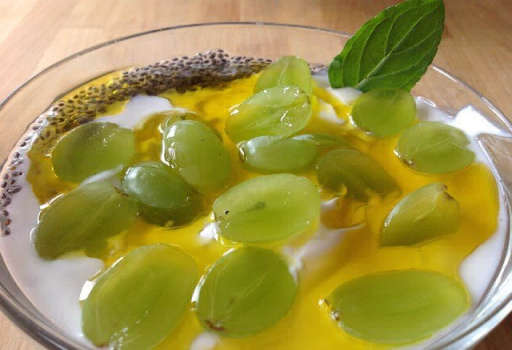
Grape Seed Oil Product 5 of 9
Effectiveness Score
Method of use: Topical
Grape seed oil has natural anti-inflammatory and moisturizing health benefits which can help safely treat cradle cap. Gently rub grape seed oil onto your baby’s affected skin and leave on for 10 minutes. Rinse off with warm water and repeat as needed.

Tea Tree Oil and Coconut Oil Product 6 of 9
Effectiveness Score
Method of use: Topical

Vitamin H Product 7 of 9
Effectiveness Score
Method of use: Oral

Almond Oil Product 8 of 9
Effectiveness Score
Method of use: Topical
